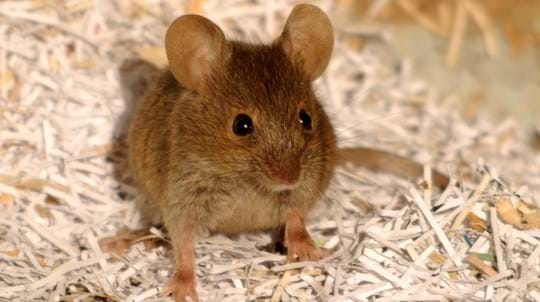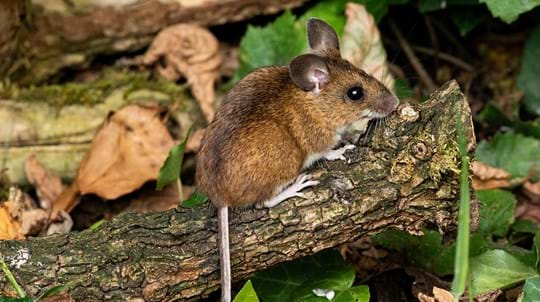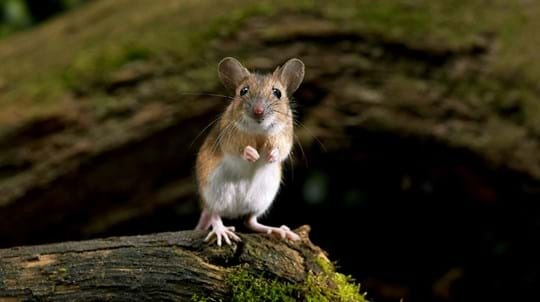
Credit: Gillian Pullinger / Alamy Stock Photo
How do field voles breed?
Field voles breed rapidly and one female can produce as many as six litters of up to eight young in a single year. The young are born in a nest made of shredded grass, but most will not live long as the species is an important food source for numerous predators. Owls, kestrels, weasels, stoats and foxes are among the species that prey heavily on field voles.










